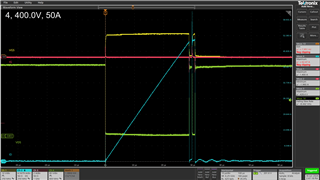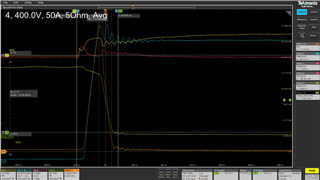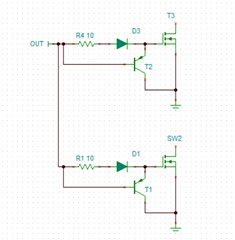Other Parts Discussed in Thread: UCC23513, UCC23525
Tool/software:
Hi Team,
Could you please help provide the how to formula of calculating the drive strength need for SiC MOSFET paired with UCC23514?
Customer would like to use UCC23514 with 2-FETs or 3-FETs, and cannot accept external BJTs due to size issue.
The system conditions are: 54kHz fsw, 5.1ohm Rg-on and 2.55 Rg-off, Ciss 2.54nF, Qg 63.4nC, Eon 282uJ.
Any further questions please feel free to contact me, thanks in advance.
BTW, do we have larger drive strength device which is similar to UCC23514? Customer don't need DESAT function.
BRs,
Francis




